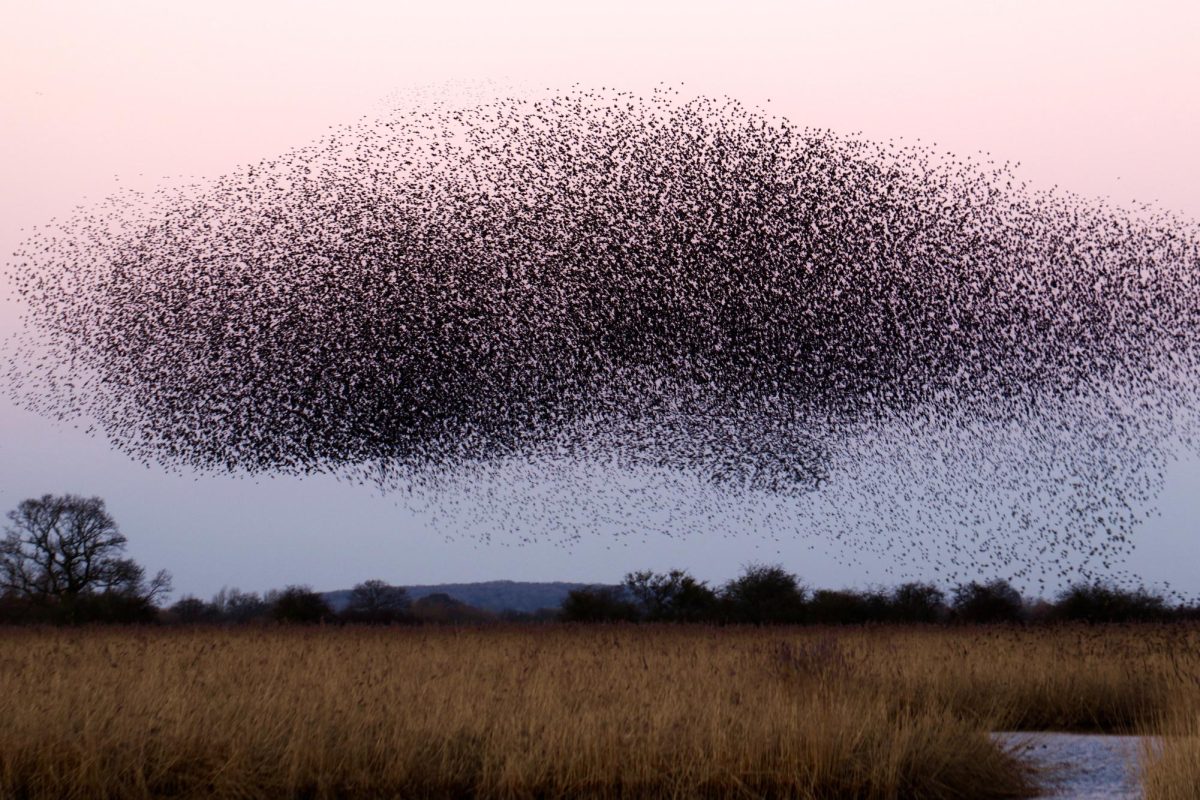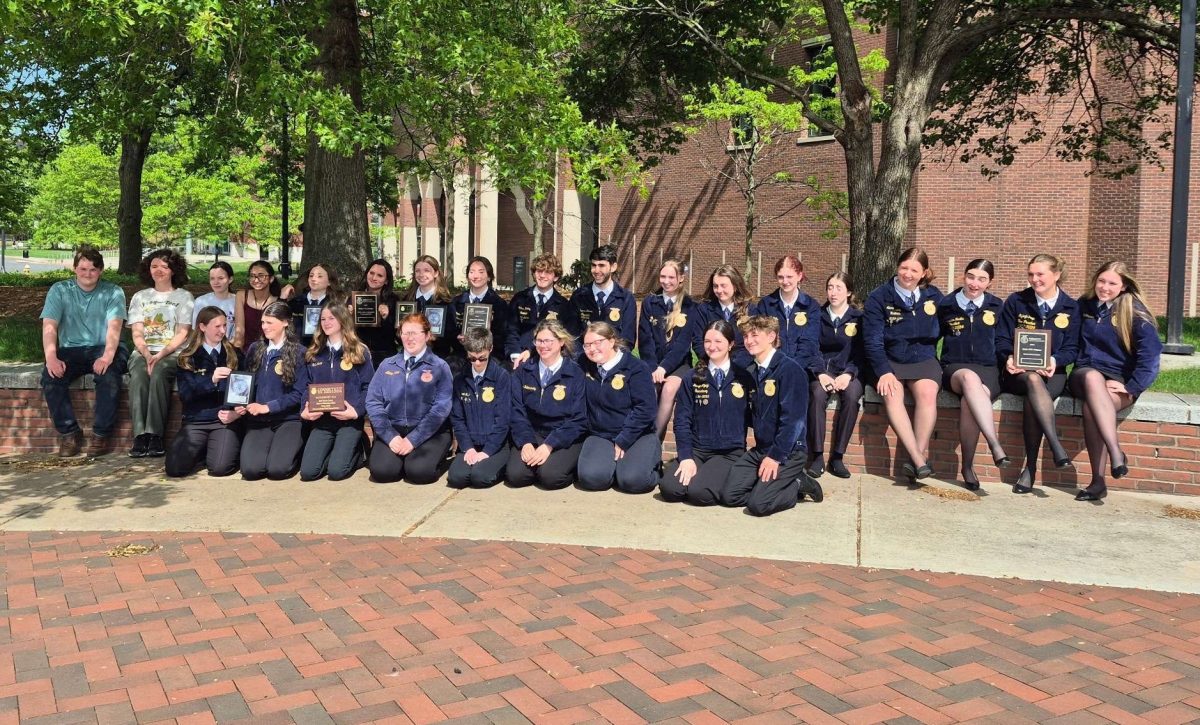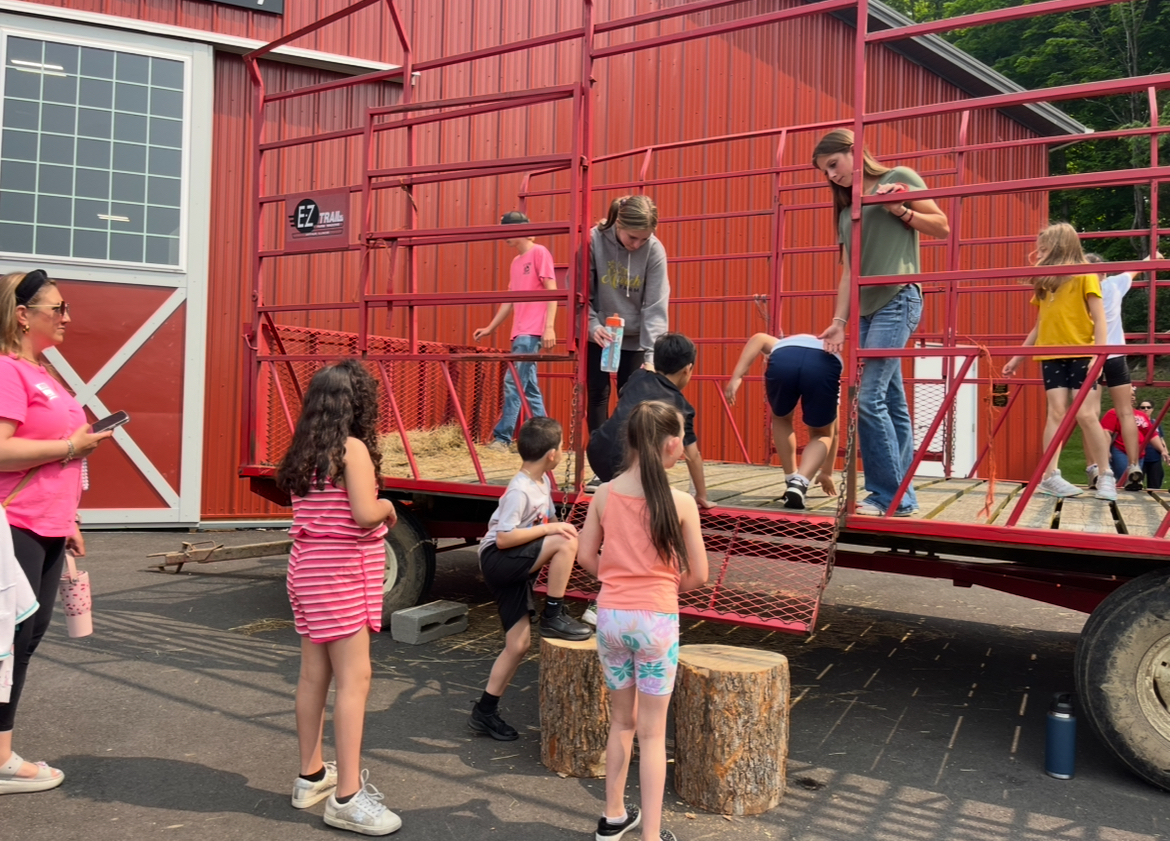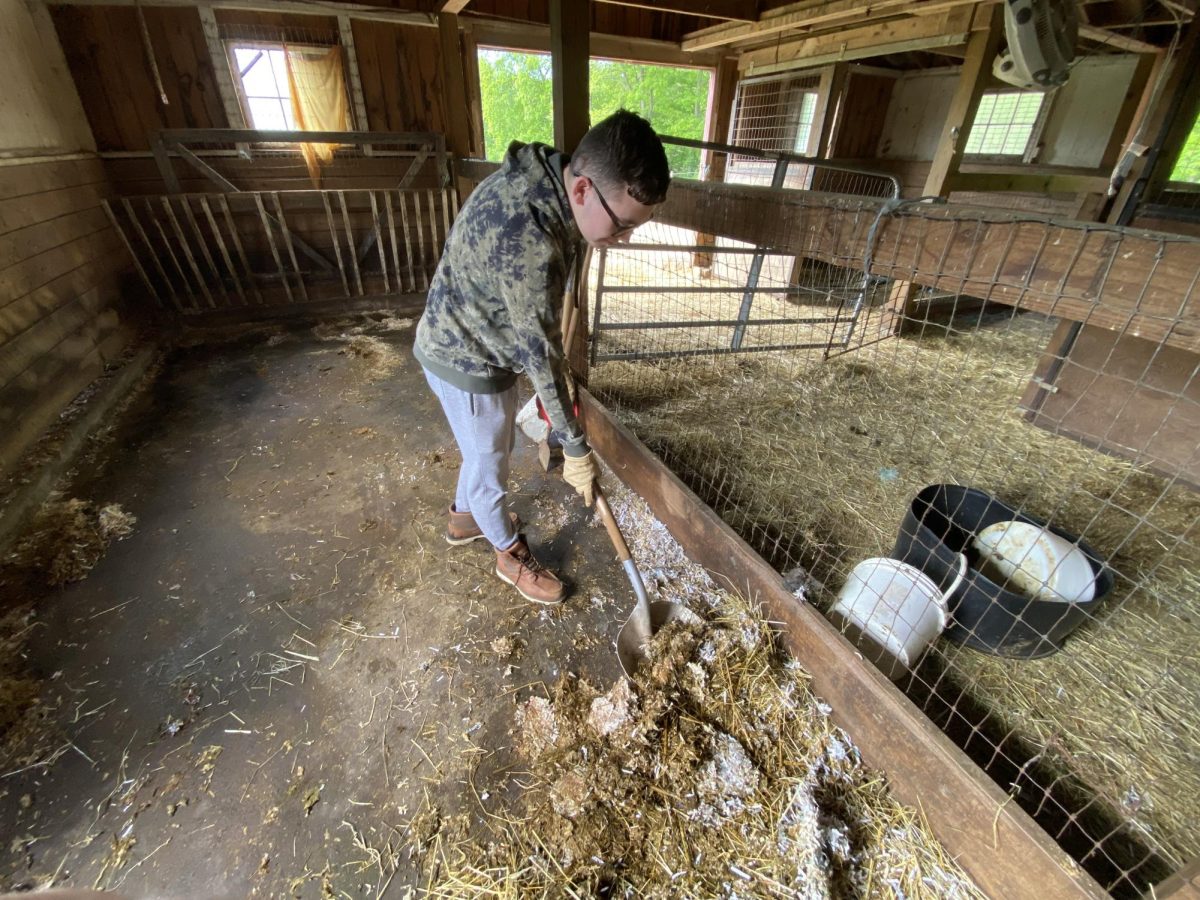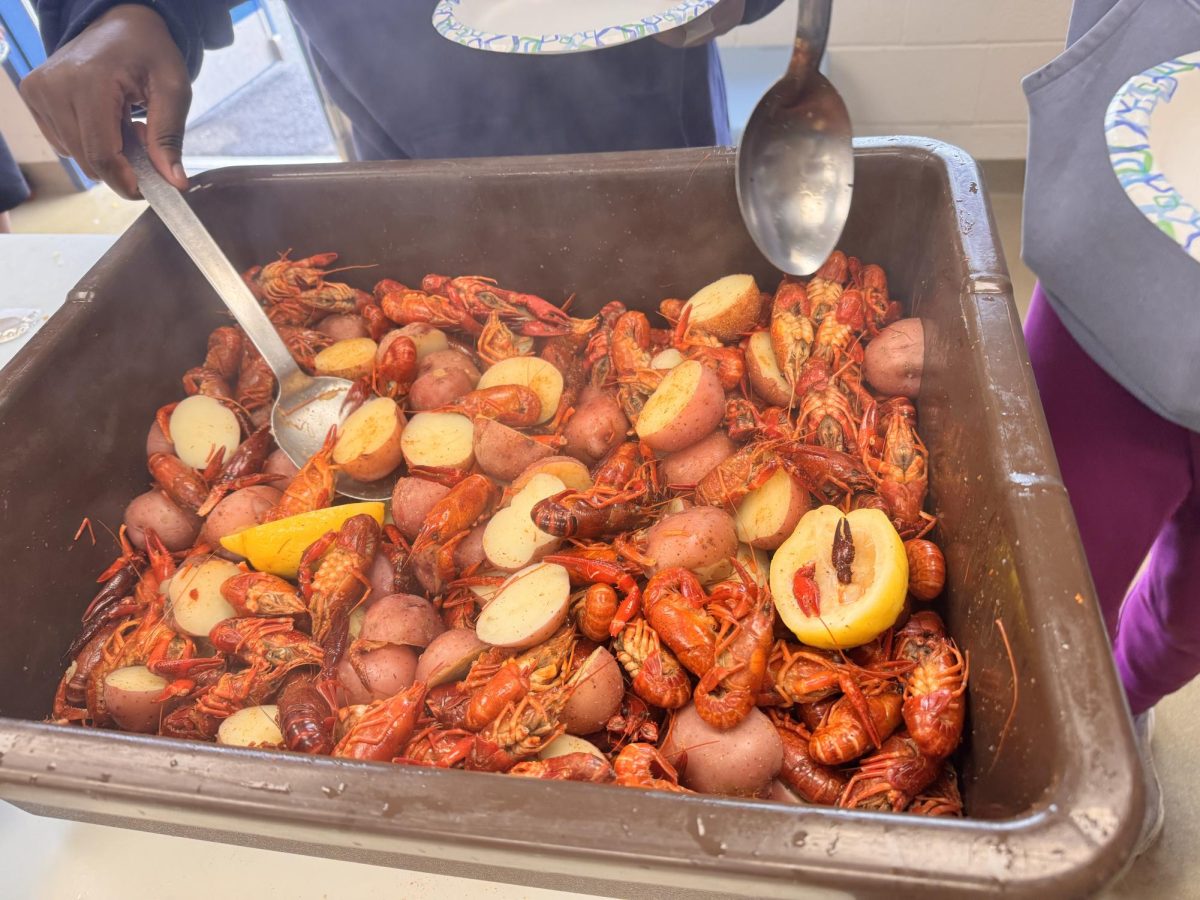WOODBURY — Climate change has found its way into our daily lives, but now, New England residents are seeing its impact in yet another way: the bug boom. People used to write it off as slow coming and unimportant, but they are now opening their eyes to the impact it has on wildlife.
Small but mighty, insects are an important part of any environment. Global warming is drastically changing regular insect populations, affecting the way humans will interact with plants and wildlife in the future.
According to the National Oceanic and Atmospheric Administration, global temperatures have risen 1.98 degrees Fahrenheit since 1901.
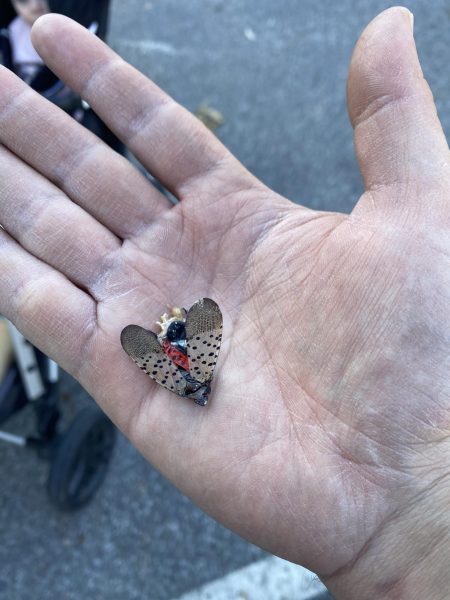
Scientists predict that people will see an increase in unwanted invasive insects, an increase in the transmission of insect-borne diseases, and more alarmingly, a catastrophic drop in native pollinator populations.
There will be many consequences to the pollinator drop, starting with lower fruit tree populations and higher honey and syrup prices.
For local farmers, this spells trouble.
“Pollinators contribute an estimated $235 billion to $577 billion yearly to global agriculture, based on the value of the crops they pollinate,” said Jennie L. Durant, beekeeper of 10 years and research affiliate in human ecology, according to The World. “Understanding and mitigating the impacts of climate change on pollinators is key for supporting healthy ecosystems and sustainable agriculture.”
Less cold also allows more vector insects, or disease-carrying insects, like flies and mosquitoes, to live through the frosts that keep their numbers down.
Disease-carrying arachnids like ticks are primary examples of having longer life cycles because of less or weaker frosts through-out the winter. Warm weather gives them a longer outbreak season, and gives the tick more time to acquire and spread diseases.
“I have found ticks on my dog literally every month of the year for the last five years,” says Chris York, the AP Environmental Science teacher at Nonnewaug. “Basically no snow cover and record mild winters means that they are thriving right now.”
York said another invasive species is partially to blame for the increase in ticks.
“The spread of Japanese barberry has led to a boom in the population of white-footed mice, which is a major carrier of ticks in this area,” York said.
Down in the southern and warmer parts of the United States, less rain is causing some insects to drastically surge in population. A growth in one population messes negatively with the carrying capacity of the forest, messing with delicate food chains.
A swell in bark beetle numbers has killed large stands of native pine trees in the southwest of America. Pine trees have many edible parts, and they a staple food of Native Americans and local wildlife.
Insects that help humanity are at risk, too. Extreme climate changes like dry heat, non-controlled forest fires, and droughts are damaging how bees collect nectar and spread pollen. Little to no rain combined with fewer pollinators will lower flower diversity, deaden fruit trees, and disrupt home gardens.
In October this year, Nonnewaug landscaping teacher Tom DiMarco and his students spotted an invasive species — the spotted lanternfly — on school grounds.
“Other students saw [the spotted lanternfly] before I did. I saw it and [said], ‘Oh my God, a spotted lanternfly. Kill it!’ and I stepped on it,” said DiMarco. “That was my first ever time seeing a live specimen of spotted lanternfly in the wild.”
Although it has “fly” in its name, this insect is of the genus Hemiptera. With its piercing, sucking mouthparts, it sucks the sap out of trees which damages or kills the tree. The most popular targets of the spotted lanternfly are grapevines and fruit trees.
Spotted lanternflies can breed multiple times a year, regardless of seasonal weather. This will quicken the spread of the invasive secies, and if left unchecked, it will drive up fruit prices due to poor harvests.
This is not the first time an invasive insect has eaten its way through America aided by warmer weather and ignorance.
The emerald ash borer was first spotted in America in 2002. Ignored, the pests spread like a disease, eating through ash trees by the thousands.
After studies done by the USDA and U.S. Department of Forestry, 50% of emerald ash borer larvae that are dormant in ash trees will die if the temperature reaches -20 degrees Fahrenheit. That number goes up to 90% when the temperature is -30 degrees Fahrenheit.
These extreme temperatures might happen in Minnesota, which houses the largest emerald ash borer population, but they would be impossible to achieve in places like Texas, Florida and other warmer states that are infested.
“I think in the past 10 years, we’ve had a huge influx of invasive insects,” says DiMarco, who studied the emerald ash borer in college. “Now [the emerald ash borer] is literally everywhere, and we don’t have any ash trees in our environment.”



